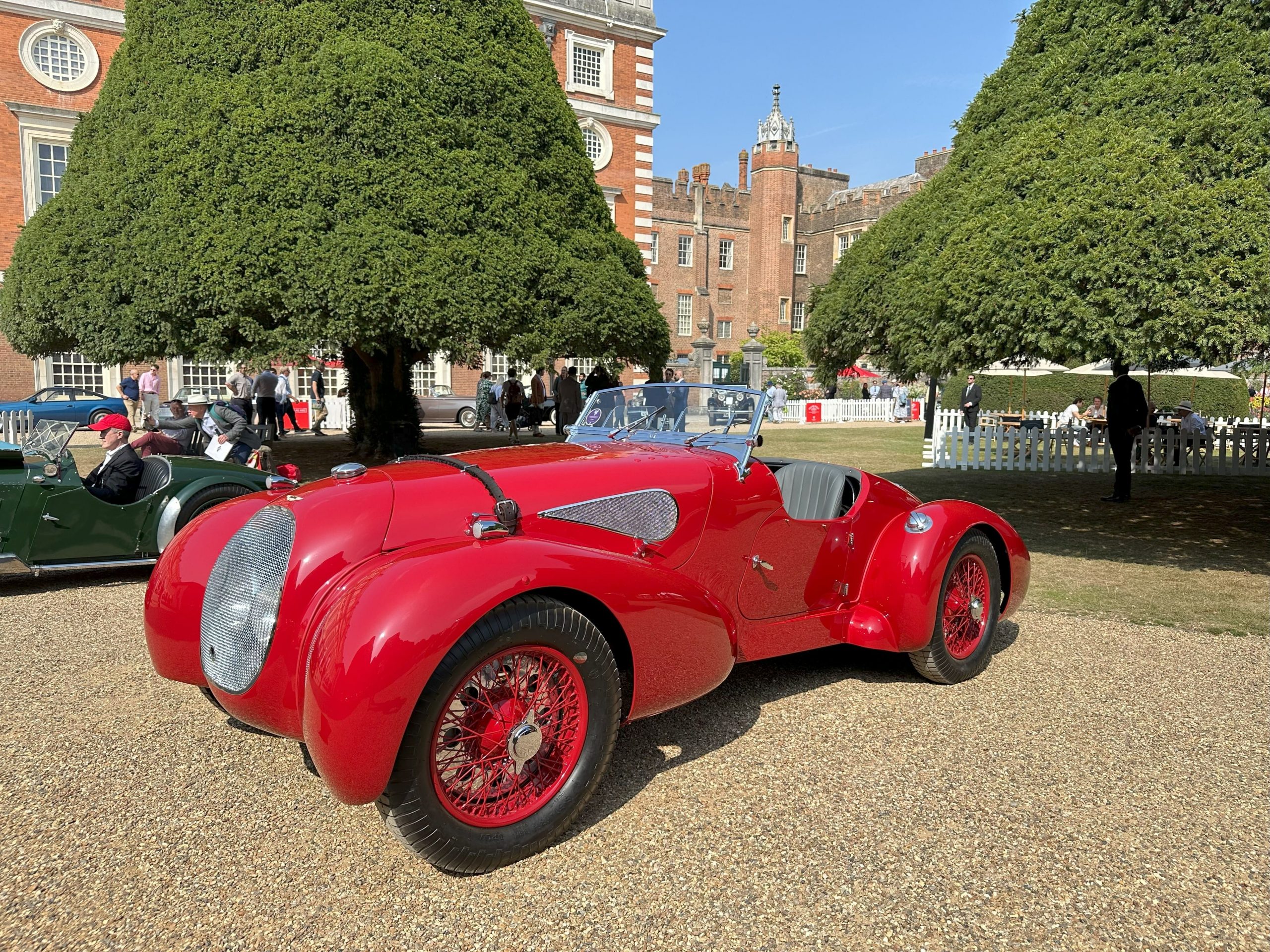
The 1940 Aston Martin Type C: A Rare Gem in Pre-War Automotive History
The Birth of the Aston Martin Speed Model
The Aston Martin Company has had a long history of financial turbulence, and an early crisis in the pre-World War Two era arguably set the template for the sporting GT models for which the company is best known. R.G. Sutherland decided that, to keep the company going after 1935, emphasis should be on sporting tourers rather than absolute performance. However, these new cars would be heralded by high-performance versions: the Speed Models.
Enter the 2-Litre Speed Models
Early in 1936, rumours began circulating that a larger-engined Aston Martin was imminent. This was confirmed when two 2.0-litre cars were entered for the Le Mans 24 Hours that year. These cars, the first of what came to be known as the 2-litre Speed Models, remained basically the same as the 1½-litre but with an engine size increased to 1949cc, along with revised ports and repositioned spark plugs on the exhaust side.
Chassis, Brakes, and Body Updates
The chassis of the Speed Models was modified with improved springing, and for the first time, hydraulic brakes were used on an Aston Martin. Additionally, the coachwork adopted a more streamlined look, with wings now integrated into the chassis and body for a sleeker appearance. Altogether, fifteen Speed Models were built, offering a variety of bodystyles.
The Arrival of the Type C
By mid-1938, in an effort to stimulate sales, Aston Martin introduced a new body style: the Type C. Notably, this model was bodied in steel by the renowned Enrico ‘Harry’ Bertelli and featured a futuristic, aerodynamic design. Futhermore, the construction method, which utilised sheet steel over a steel frame, was patented and added to the car’s appeal.
A High-Speed Performer
The Type C was a fast car for its time, capable of reaching 100mph and beyond. Meanwhile, the first two cars produced had a shield-shaped grille with headlamps positioned on either side, and one of these was proudly exhibited at the 1938 Earls Court Motor Show. The remaining six cars featured a more rounded mesh grille with either single or twin headlamps. Despite its speed and innovation, the high price tag of £775 meant sales were slow, and the final unit sold in December 1940.
A Survivor Through the Years
Not all of the original Type C cars retain their original bodies today, but one example, chassis number ‘723’, is a rare survivor. I saw and photoed this beautiful motor at Concours of Elegance 2024, at Hampton Court. It was completed in March 1940, with World War Two well underway, the car’s first owner resided in East Anglia. By 1942, it was owned by Major Butt, who used it throughout the war. A succession of enthusiastic British owners followed, until 1983 when the car moved to America, where it led a very active life.
A New Lease of Life
In 2023, the car made its way back to Europe and has since undergone a meticulous restoration to return it to its original colour scheme. As Aston Martin’s most modern pre-war car, the Type C stands out today for its innovation and impressive performance.
Technical Specifications
Engine – 1949cc inline-four, naturally aspirated, SOHC
Transmission – Four-speed manual, RWD
Power – 110bhp
Torque – N/A
Top Speed – 99mph
0-60mph – N/A
Weight – 1219kg
How cool is this? I’d never seen this can before. What a beauty. This car really caught my attention and made it into my top 10 cars at the 2024 Concours of Elegance. Check out that top 10 here.
The post The 1940 Aston Martin Type C: A Rare Gem in Pre-War Automotive History appeared first on My Car Heaven.
